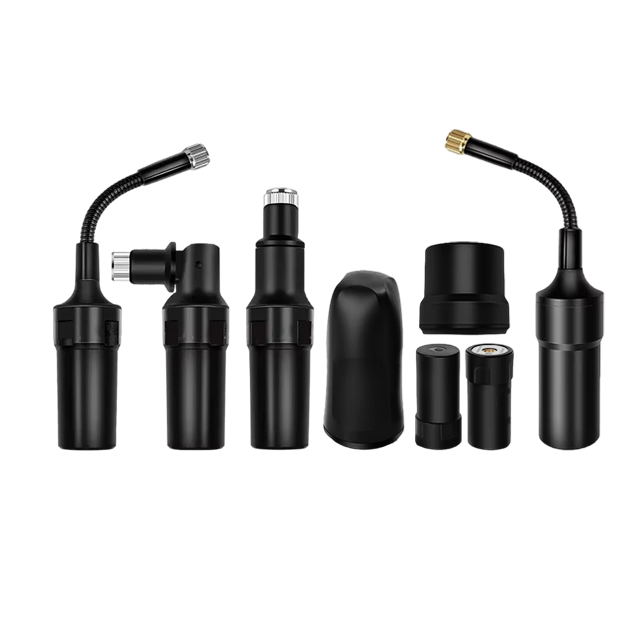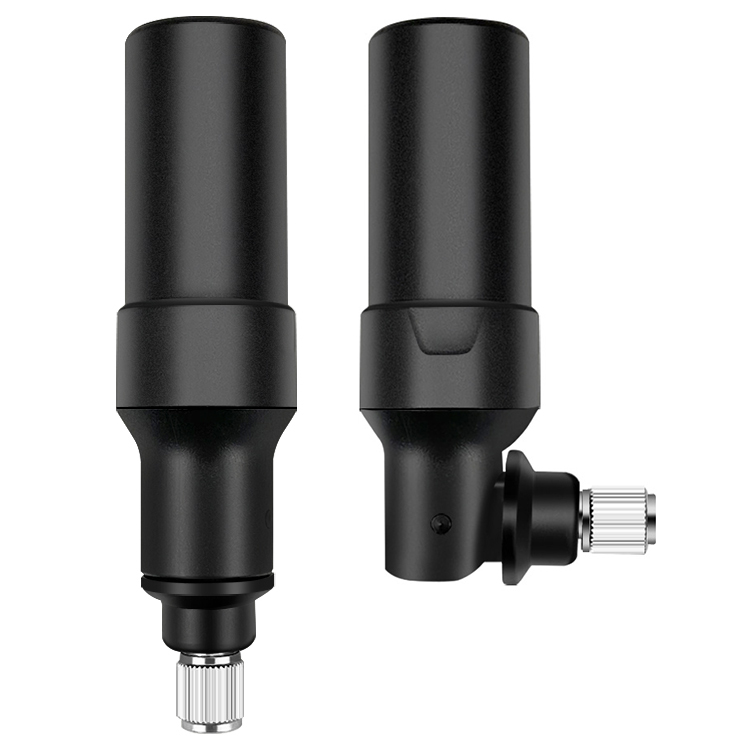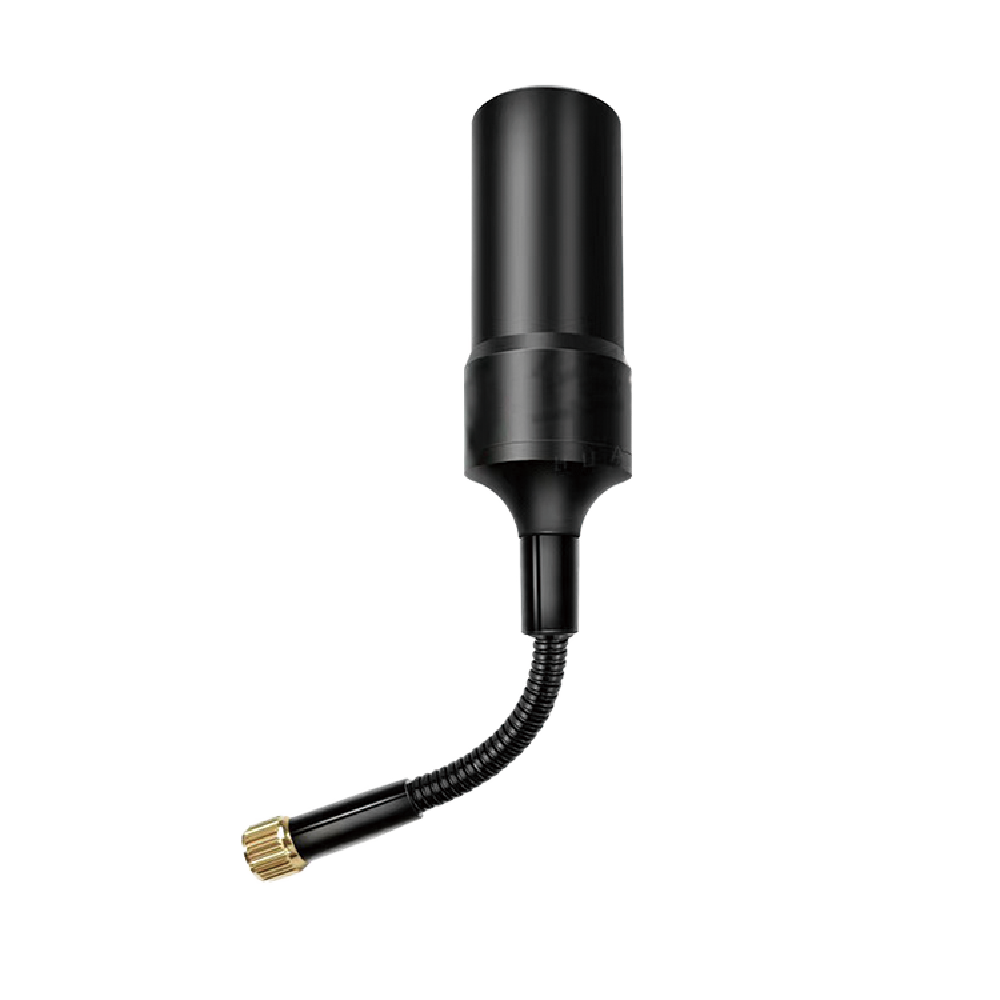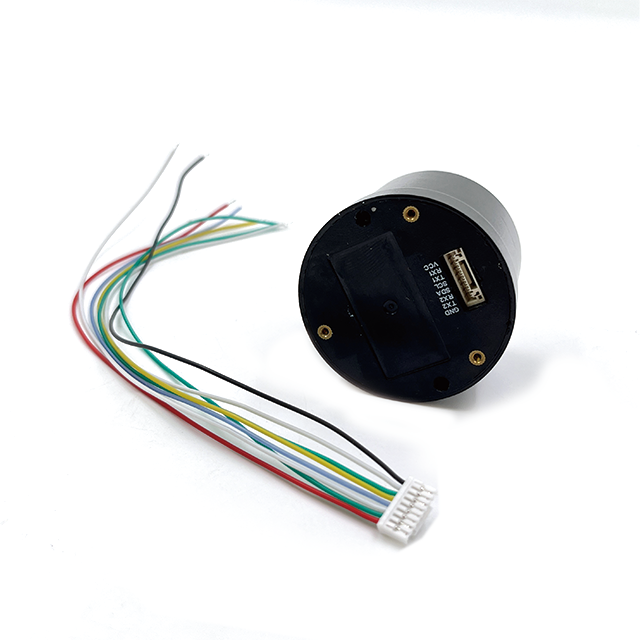5.1 Applications
5.1.1 Surveying and Mapping
In the field of surveying and mapping, high - performance GNSS RTK helical antennas are widely used. They enable surveyors to obtain highly accurate measurements of land features, boundaries, and elevation. The centimeter - level or even millimeter - level accuracy provided by these antennas is essential for creating detailed and accurate maps. In large - scale construction projects, such as building skyscrapers or infrastructure development, accurate surveying using GNSS RTK helical antennas helps in ensuring that the construction is carried out according to the design specifications.
5.1.2 Unmanned Aerial Vehicles (UAVs)
UAVs rely on precise positioning for navigation and mission execution. High - performance helical antennas are ideal for UAV applications as they are compact, lightweight, and can provide accurate positioning even in challenging environments. UAVs equipped with these antennas can be used for various tasks, such as aerial photography, agricultural monitoring, and search and rescue operations. In agricultural monitoring, for example, the UAV can use the GNSS RTK - enabled helical antenna to precisely map crop fields, detect areas of poor growth, and apply fertilizers or pesticides accurately.
5.1.3 Autonomous Vehicles
Autonomous vehicles require highly accurate positioning systems to navigate safely. GNSS RTK helical antennas play a vital role in providing the necessary accuracy. In combination with other sensors such as lidar and cameras, the precise positioning information from the helical antenna helps the autonomous vehicle to determine its exact location on the road, avoid collisions, and follow the intended route. As the technology of autonomous vehicles continues to develop, the demand for high - performance GNSS RTK helical antennas in this field is expected to grow significantly.
5.1.4 Precision Agriculture
In precision agriculture, farmers use GNSS - based systems to optimize crop production. High - performance helical antennas are used to accurately guide agricultural machinery, such as tractors and sprayers. This allows farmers to apply fertilizers, pesticides, and water precisely where they are needed, reducing waste and increasing productivity. The accurate positioning provided by these antennas helps in creating variable - rate application maps, which can significantly improve the efficiency of agricultural operations.
5.2 Future Trends
5.2.1 Integration with Other Technologies
In the future, high - performance GNSS RTK helical antennas are likely to be integrated more closely with other emerging technologies. For example, there will be increased integration with 5G communication technology. The combination of GNSS and 5G can enable new applications, such as real - time remote control of autonomous vehicles and high - speed data transfer for large - scale mapping and monitoring. Additionally, integration with artificial intelligence and machine learning algorithms may enhance the performance of the antenna by optimizing signal processing and adapting to changing environmental conditions.
5.2.2 Miniaturization and Improved Performance
The trend towards miniaturization of electronic devices will continue to drive the development of smaller and more lightweight GNSS RTK helical antennas. At the same time, efforts will be made to improve the performance of these antennas further. This may involve the development of new materials and antenna designs that can achieve higher gain, better phase center stability, and improved multipath rejection in a smaller form factor.
5.2.3 Expansion of GNSS Constellations and Frequencies
New GNSS constellations are being developed, and existing constellations are being expanded. This will lead to an increase in the number of available satellites and frequencies. High - performance helical antennas will need to be designed to be compatible with these new constellations and frequencies. This expansion will also require antennas to have better frequency selectivity and interference rejection capabilities to handle the more complex electromagnetic environment.
Conclusion
High - performance GNSS RTK helical antennas have emerged as a key technology in the field of precise positioning. Their unique design and construction features, such as the helical geometry, carefully selected materials, and advanced feed systems, enable them to provide excellent performance in terms of signal reception, gain, and phase center stability. These antennas offer numerous advantages, including multi - constellation compatibility, high gain, wide beamwidth, compact size, and good multipath rejection, which make them suitable for a wide range of applications, from surveying and mapping to autonomous vehicles and precision agriculture.
However, they also face challenges, such as environmental sensitivity, high cost, and complex calibration and installation requirements. As technology continues to evolve, future trends in the development of these antennas include integration with other emerging technologies, further miniaturization with improved performance, and adaptation to the expansion of GNSS constellations and frequencies.
Overall, high - performance GNSS RTK helical antennas will continue to play a crucial role in enabling accurate location - based services, and their development and improvement will have a significant impact on various industries in the coming years.




































































 Language
Language
 En
En Cn
Cn Korean
Korean

 Home >
Home > 








 18665803017 (Macro)
18665803017 (Macro)













